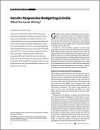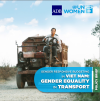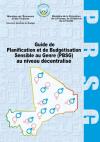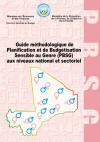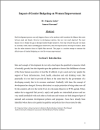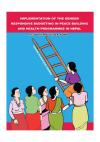FUNDAR 110
The article examines the two main strategies adopted by the Government of India for institutionalizing gender responsive budgeting to highlight what has gone wrong and what needs to be fixed in order to achieve better outcomes for women.
Transport is one of the most important aspects of national infrastructure and a key to gender equality. Women’s opportunities to access paid work are reduced when there is poor investment in gender
This guide provides step by step instructions on implementing gender responsive planning and budgeting ( PBSG ) at the decentralized level.
This publication supports the design and formulation of Gender Sensitive policies and budgets in the Health Sector.
This publication is a methodological Guide to Planning and Gender Responsive Budgeting.
This paper provides guidance on how to make Public Finance Management (PFM) reforms gender responsive. It presents an overview of PFM reforms and explains how and why they are important to the achievement of gender equality outcomes.
Well-being gender budgeting (WBGB) experiences use a multidimensional approach for planning and budgeting combining the Capability Approach along with gender responsive budgeting.
This paper is an attempt to measure the effectiveness of Gender Budgeting as a tool for women empowerment. In recent years, Gender Budget Initiatives have emerged as an effective way to bridge gender gaps.
The GRBC has developed five criteria for evaluation of genderresponsiveness of the budgeted government programmes and projects.
This guide was developed in Kyrgyzstan to conduct appropriate training seminars among staff of ministries and agencies responsible for the development and implementation of social and economic policy.
